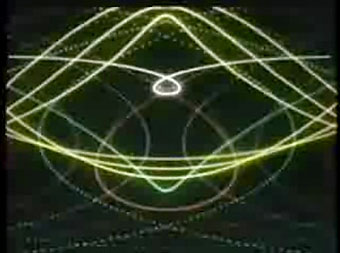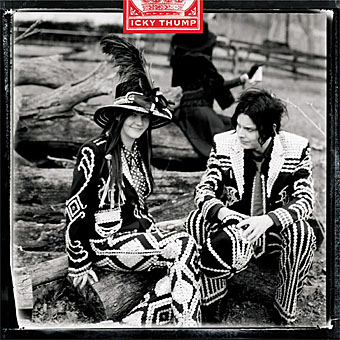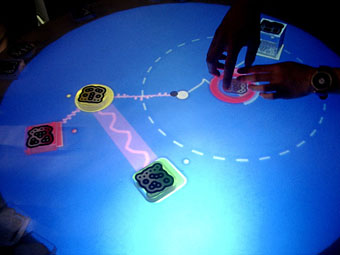Your mobile expectations: BMW H2R project (2007).
A busy time for the artist this month with his design for BMW’s Art Car series (above) going on display for the first time in San Francisco. All the previous artists involved in this series have been content with merely painting on the body of the car. Eliasson’s creation is a considerable departure in that respect.
The new artwork was created on the hydrogen-powered H2R race car, after the artist replaced the body with a combination of steel mesh and reflective panels. The car was then sprayed with 530 gallons of water over the course of several days to create layers of ice.
It was constructed in situ at the San Francisco Museum of Modern Art, where it will remain in a display case with a special cooling unit from 8 September until 13 January next year, as part of the exhibition, Your Tempo: Olafur Eliasson.
According to BMW, the aim of this latest project was to transform an object of advanced industrial design into a work of art that reflects on the relationship between global warming and the car industry.
Continues here.
Previously on { feuilleton }
• Olafur Eliasson’s Serpentine Pavilion
• The London Oasis
• New Olafur Eliasson
• The art of Cai Guo-Qiang





